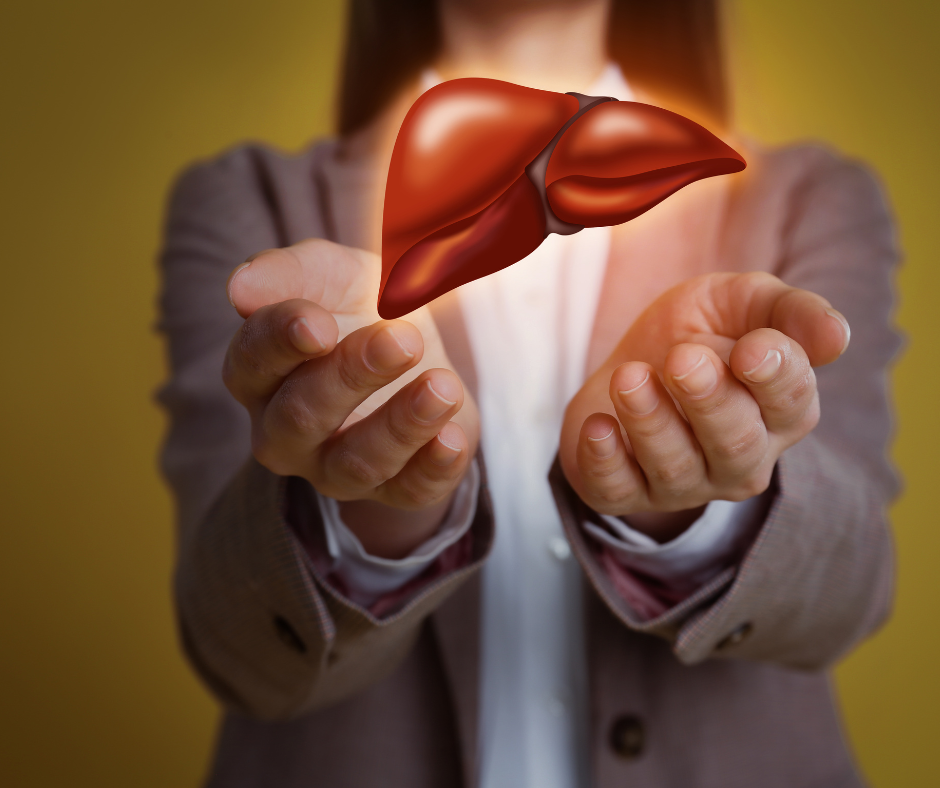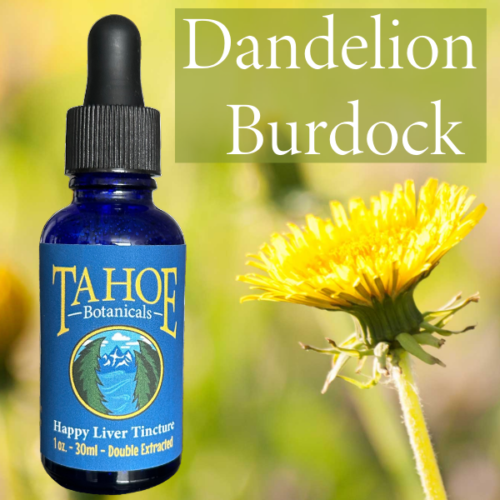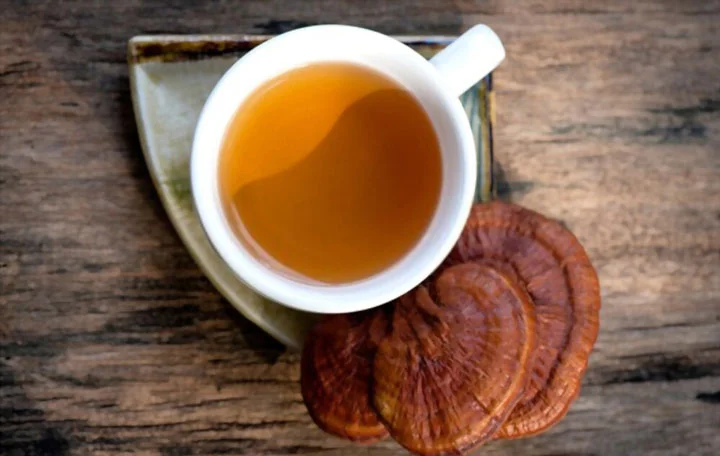Burdock and Dandelion Roots: The Dynamic Duo for the Family Herbalist

Nature has long been a source of remedies and healing, offering a treasure trove of plants with potential health benefits. Among these botanical wonders are burdock root and dandelion roots, two herbal powerhouses that have been used for centuries in traditional medicine.
While often overlooked, these roots possess a myriad of potential health benefits that deserve recognition. In this short post, we delve, ever so briefly, into the fascinating world of this “dynamic duo,” exploring their unique properties and the ways in which they may contribute to our well-being.
From anti-inflammatory and antioxidant effects to digestive support and beyond, these roots offer a natural approach to enhancing our health. So, let us embark on a journey to uncover their hidden potential as healing allies, and discover how these humble roots can play a role in promoting our overall wellness!

Health Benefits of Burdock Root:
Burdock root (Arctium lappa) is a plant native to Europe and Asia, and it has been used in traditional medicine for centuries. Here are five potential health benefits associated with burdock root:
a) Anti-inflammatory properties: Burdock root contains compounds like arctigenin and lignans, which have shown anti-inflammatory effects in studies. These properties may help reduce inflammation in the body and alleviate symptoms of conditions like arthritis.
b) Antioxidant activity: Burdock root is rich in antioxidants, such as quercetin and phenolic acids. These compounds help neutralize harmful free radicals in the body, protecting cells from oxidative stress and potential damage.
c) Blood sugar regulation: Some studies suggest that burdock root may help regulate blood sugar levels. It may improve insulin sensitivity and reduce the risk of developing conditions like diabetes. However, more research is needed to confirm these effects.
d) Digestive support: Burdock root has been traditionally used to support digestive health. It may act as a mild laxative, promoting bowel movements and relieving constipation. Additionally, it may have prebiotic properties, supporting the growth of beneficial gut bacteria.
e) Skin health: Burdock root has been used topically to treat various skin conditions, including acne, eczema, and psoriasis. Its anti-inflammatory and antioxidant properties may help reduce inflammation and promote healthier skin.

Health Benefits of Dandelion Root:
Dandelion root (Taraxacum officinale) is a common weed found in many parts of the world. It has a long history of use in traditional medicine. Here are five potential health benefits associated with dandelion root:
a) Liver support: Dandelion root has been traditionally used to support liver health. It may help stimulate the production of bile, aiding in digestion and detoxification processes. Some studies suggest that dandelion root may have hepatoprotective properties, protecting the liver from damage.
b) Diuretic properties: Dandelion root has diuretic effects, meaning it may increase urine production and promote the elimination of excess fluids from the body. This can be beneficial for individuals with water retention or conditions like high blood pressure.
c) Digestive aid: Dandelion root has been used to support digestion and relieve digestive issues like bloating and constipation. It may help stimulate appetite, improve bile production, and promote healthy gut bacteria.

d) Antioxidant activity: Dandelion root is rich in antioxidants, including flavonoids and phenolic compounds. These antioxidants help protect cells from oxidative stress and may have anti-inflammatory effects.
e) Potential anti-cancer properties: Some studies suggest that dandelion root extracts may have anti-cancer properties, particularly against certain types of cancer cells. However, more research is needed to fully understand these effects and their potential applications.
Burdock root and dandelion root, while distinct in their characteristics, share several health benefits that make them valuable components of a well-rounded herbal approach to wellness.
Both roots possess powerful detoxifying properties, aiding in the elimination of toxins from the body. Burdock root is renowned for its ability to support liver health and promote healthy digestion, thanks to its high content of antioxidants and prebiotic fibers. Dandelion root, on the other hand, is known for its diuretic properties, assisting in the efficient elimination of waste materials through the kidneys. Additionally, dandelion root contains essential vitamins and minerals, such as vitamin C and potassium.
The combination of these two roots creates a harmonious synergy, as burdock root focuses on liver health yet complements dandelion root’s emphasis on kidney function. Together, they provide a comprehensive detoxification system that promotes overall well-being and balanced bodily functions.

Please note that the health benefits mentioned above are based on traditional use and preliminary scientific studies. It’s important to consult with a healthcare professional before using burdock root or dandelion root for medicinal purposes.
Tahoe Botanicals Happy Liver Tincture is double-extracted to provide both water soluble AND alcohol soluble elements for maximum benefits. A double extraction is the combination of an alcohol extract, and a water extract. Alcohol extracts certain compounds, terpenes; water extracts other compounds, polysaccharides and beta-glucans. Many fungi and plants have both beneficial terpenes and polysaccharides, hence why a double extraction is a standard method to get the highest potency from a material. All extracts are made with care by hand.
-
 Happy Liver Tincture$15.00
Happy Liver Tincture$15.00
- DISCLAIMERS: * Consult with your doctor or physician before use if you are breastfeeding, pregnant or are on any prescription medication. *This product is not intended to diagnose, cure or treat any diseases. *These statements have not been evaluated by the FDA.
Resources:
- Foster, S., & Duke, J. A. (2000). Eastern/Central Medicinal Plants and Herbs. Houghton Mifflin Harcourt.
- Yarnell, E., & Abascal, K. (2009). Dandelion (Taraxacum officinale and T. mongolicum). Integrative Medicine, 8(2), 35-38.
- Choi, U. K., Lee, O. H., Yim, J. H., Cho, C. W., Rhee, Y. K., Lim, S. I., & Kim, Y. C. (2010). Hypoglycemic and hypolipidemic effects of dandelion root and leaf on diabetic rats. International Journal of Molecular Sciences, 11(1), 67-78.
- Bone, K. (2003). A Clinical Guide to Blending Liquid Herbs: Herbal Formulations for the Individual Patient. Elsevier Health Sciences.
- Johnson, R. L., Foster, S., & Low Dog, T. (2009). National Geographic Guide to Medicinal Herbs: The World’s Most Effective Healing Plants. National Geographic Books.

